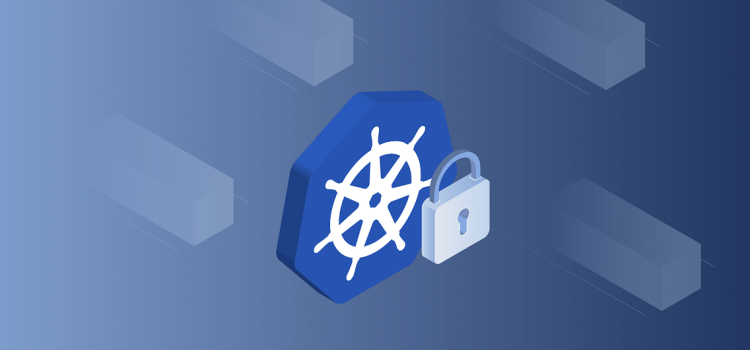
Kubernetes Security: Anticipating Threats in 2024 and Beyond
Introduction
Welcome to our deep dive into Kubernetes security. Our guide today is Fred Wilson, a seasoned cybersecurity expert with over a decade of experience in enterprise architecture and a keen interest in Kubernetes security. Fred has been at the forefront of many cybersecurity advancements and has a deep understanding of the challenges and opportunities that Kubernetes presents.
Understanding Kubernetes and Its Importance in Today’s Tech Landscape
Kubernetes, often abbreviated as K8s, is an open-source platform designed to automate deploying, scaling, and operating application containers. With its wide array of features and robust ecosystem, Kubernetes has become a standard for container orchestration in the tech industry. It has revolutionized the way we deploy and manage applications at scale, making it an essential tool for any modern tech stack.
The Current State of Kubernetes Security
As Kubernetes continues to grow in popularity, so does the attention it receives from potential attackers. Kubernetes clusters often run applications with different security requirements, making it a lucrative target for cyber threats. Despite the inherent security features provided by Kubernetes, such as namespaces and network policies, there are still potential vulnerabilities that can be exploited if not properly managed.
Anticipating Kubernetes Security Threats in 2024 and Beyond
Looking ahead, we can anticipate several potential threats to Kubernetes security. These include misconfigurations, insecure APIs, and the risk of insider threats. Misconfigurations can lead to unauthorized access, while insecure APIs can expose sensitive data. Insider threats, on the other hand, can result from compromised credentials or malicious intent. As Kubernetes evolves, so too will the complexity and sophistication of these potential threats.
Best Practices for Enhancing Kubernetes Security
To mitigate these risks, there are several best practices you can follow. These include regularly updating and patching your Kubernetes clusters, restricting access based on the principle of least privilege, and using network policies to control traffic flow. Regular updates and patches ensure that your clusters are protected against known vulnerabilities. Restricting access helps prevent unauthorized access, while network policies allow you to control who can communicate with your applications.

Case Study: Successful Implementation of Kubernetes Security Measures
Let’s look at a real-world example of a company that successfully implemented these security measures. After experiencing a minor security incident, the company decided to overhaul their Kubernetes security practices. By following the best practices outlined above, they were able to significantly improve their security posture. This case study serves as a testament to the effectiveness of these practices and provides valuable insights for others looking to enhance their Kubernetes security.
Future Trends in Kubernetes Security
As we look to the future, we can expect to see continued advancements in Kubernetes security. This includes the development of more sophisticated security tools and an increased focus on automating security processes. Automation can help reduce the risk of human error, while advanced tools can provide more comprehensive protection against threats.
Conclusion: The Road Ahead for Kubernetes Security
While Kubernetes offers many benefits, it’s important to remain vigilant about potential security threats. By staying informed about the latest threats and following best practices, you can help ensure the security of your Kubernetes clusters. Remember, the key to effective Kubernetes security lies not just in the technology, but also in the people and processes that support it.
Key Points Summary
| Key Points | Description |
|---|---|
| Kubernetes | An open-source platform for automating deploying, scaling, and operating application containers |
| Current Security Measures | Regular updates and patches, restricted access, and network policies |
| Anticipated Threats | Misconfigurations, insecure APIs, and insider threats |
| Best Practices | Regular updates and patches, restricted access, and network policies |
| Case Study | A real-world example of successful security implementation |
| Future Trends | Development of sophisticated security tools and automation of security processes |










